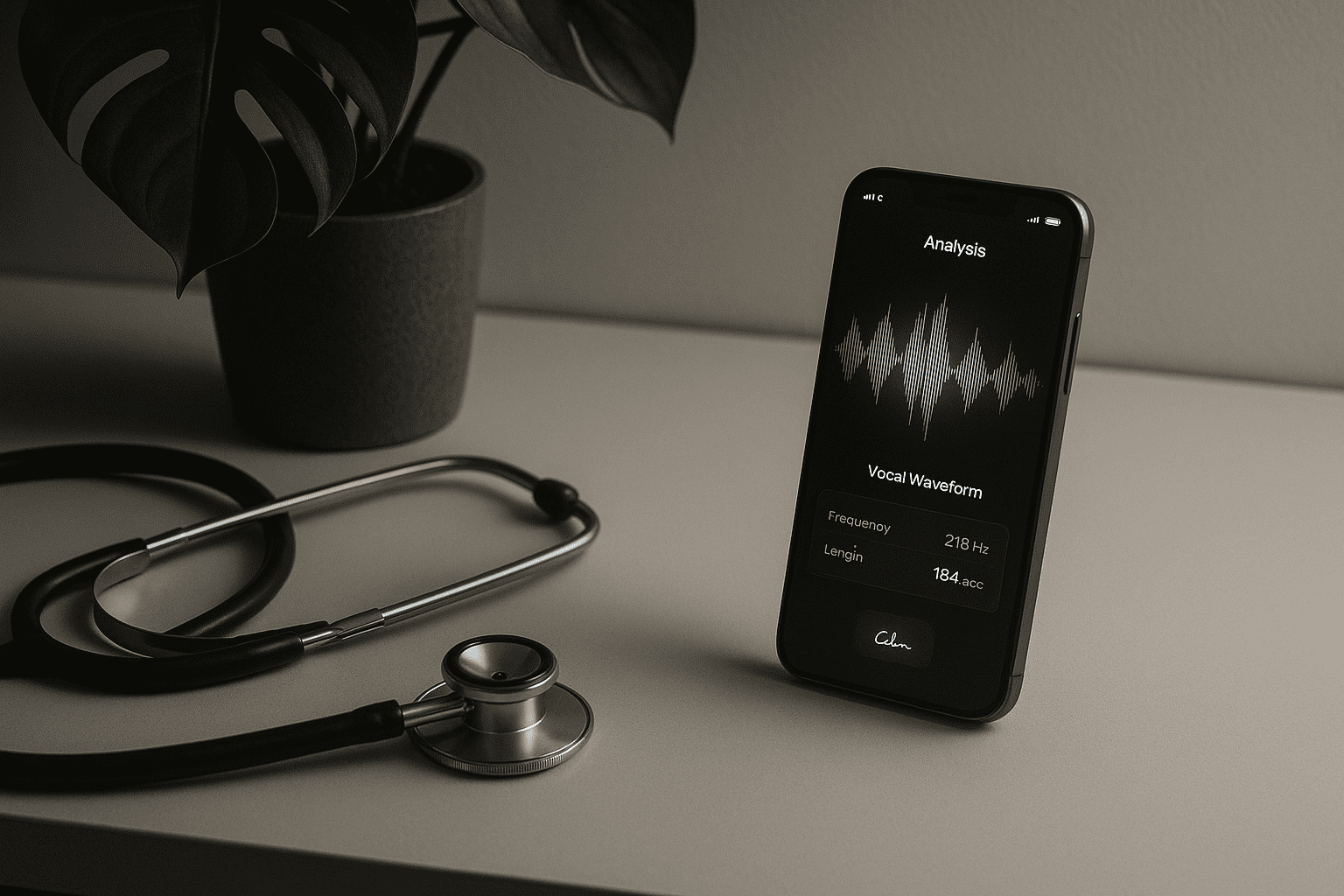How Voice, Speech, and Breathing Sounds Revolutionize Health Monitoring and Diagnostics
The Invisible Language of Wellness
Your voice is more than a tool for conversation—it’s a biometric fingerprint. Every cough, sigh, and syllable carries data about your cardiovascular health, neurological function, and respiratory resilience. Emerging research reveals that analyzing patterns in speech, vocal acoustics, and breathing rhythms offers a non-invasive window into systemic health, creating a paradigm shift in preventive care. By decoding these sonic biomarkers, scientists and tech innovators are unlocking early detection methods for conditions ranging from Parkinson’s disease to sleep apnea, transforming smartphones and wearables into personalized health guardians.

The Science of Sonic Biomarkers
A 2023 MIT study demonstrated that AI algorithms trained on vocal datasets could detect Parkinson’s disease with 86% accuracy — six years before clinical symptoms manifest. Similarly, the National Institutes of Health (NIH) has prioritized voice analysis as a “digital biomarker” for depression and PTSD. Breathing patterns, when mapped via smartphone microphones or wearable accelerometers, reveal insights into:
- Lung capacity and COPD risk
- Cardiac arrhythmias (via breathlessness patterns)
- Stress resilience through vagus nerve modulation
Startups like Sonde Health now license FDA-cleared voice analysis software to healthcare providers, while ResApp’s cough-detection algorithms achieved 90% accuracy in diagnosing pneumonia during clinical trials.
Wearables 2.0: Beyond Heart Rate Tracking
The next generation of bio-sensing wearables integrates advanced audio analytics. WHOOP’s latest prototype includes a subvocal microphone to track respiratory rate variability during sleep, while the Ōura Ring Gen4 uses throat vibration sensors to monitor swallowing frequency—a marker for dehydration and metabolic health. Even luxury brands are embracing “hearable” tech: Bowers & Wilkins’ forthcoming earbuds will analyze voice tone fatigue to recommend cognitive recovery breaks.

Breathing as Biohacking
Elite performers are leveraging breath acoustics for optimized vitality. UFC champions use WHOOP’s “Journal” feature to correlate vocal fatigue with overtraining syndrome, while Silicon Valley CEOs employ Vagus VR’s breathing analysis apps to enhance HRV (Heart Rate Variability). “Your exhale’s turbulence reveals diaphragm strength, which directly impacts mental clarity and stress response,” notes Dr. Emily Huang, Stanford’s lead researcher on neuro-respiratory integration.
The Fashion-Tech Frontier
Wellness aesthetics are evolving. Paris-based designer Marine Serre’s 2024 collection features scarves embedded with graphene microphones that map breathing depth. Meanwhile, Swiss startup L’Artisan Sauvage collaborates with Hermès on limited-edition smart brooches that analyze speech cadence to detect hormonal imbalances. This fusion of haute couture and health tech redefines wearables as aspirational accessories rather than clinical devices.
Ethics and the Sound of Privacy
As voice data becomes medicalized, questions arise. Apple’s 2023 patent for “Emotion Detection via AirPods Pro” ignited debates about data consent. However, companies like Hyfe AI now offer edge computing solutions—processing audio locally on devices rather than clouds—to maintain privacy while capturing diagnostic-grade insights.

The Future Sounds Proactive
We’re entering an era where your smartphone might diagnose a vitamin deficiency from your morning greeting, or your necklace could alert you to irregular breathing during yoga. As longevity science prioritizes early intervention, voice and breath analysis democratize access to continuous, passive monitoring. The result? A world where health is not just managed but anticipated—crafted through the symphony of signals we’ve always carried, but only now can truly hear.



